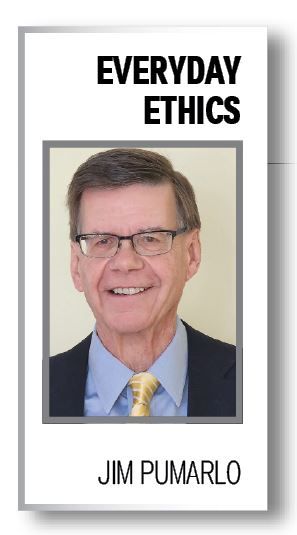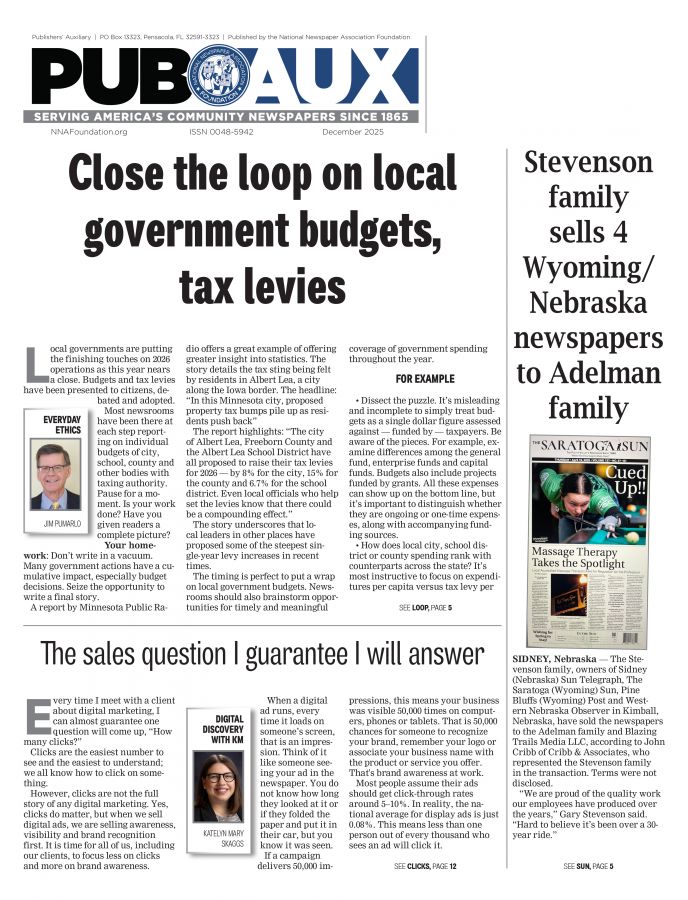Deliver more than votes and quotes from government meetings
Jim Pumarlo
Nov 1, 2023


The city council concludes debate and acts on an issue at community forefront. You record the quotes that highlighted a lively exchange and the final vote. Your story is ready to roll.
The sequence is the logical mindset of most reporters as they approach coverage of government meetings. Stories should deliver the actions of elected bodies along with supporting remarks.
I encourage newsrooms to go beyond the votes and quotes — to observe and interpret for readers the entire dynamics of a meeting that could provide greater insight into a body’s decision.
Many meeting interactions are obvious and likely wind up in newspaper reports, but they still can benefit from further analysis.
For example, what agenda items draw the most attention from the audience? Dig deeper. Does a group walk in organized, prepped to weigh in on an issue? Or do individuals — either in support or opposition of an agenda item — file in? Does this signal broader sentiment in the community?
Has the lack of civility and hyper partisanship on national issues filtered into local government? Disturbances are noticeable, especially when they result in individuals being escorted from the room. Was the outburst spearheaded by an individual? It’s an opportunity to profile someone not ordinarily in the news.
Other dynamics are less distinguishable but equally, maybe even more important, to the outcome of an issue.
Are there traditional voting blocks on an elected body, and did any agenda items disrupt that solidarity? Quiz the individuals afterward.
Are votes seemingly predetermined – noted by little discussion on important or contentious items? A lack of discussion likely raises many eyebrows.
Zero in body language. Are officials nervous? Are they taking a pulse of others in the room?
In similar vein, do elected officials take cues from certain individuals in the audience? Do they have a kitchen cabinet — a close circle of advisers — who regularly show up at meetings, especially on divisive issues?
Are some officials clearly unprepared, opening packets for first time at a meeting? Do they contribute to the discussion?
Is staff directing — almost dictating — public policy? Are staff recommendations rubber-stamped? That might not be all bad if processes are thorough, but the pattern is worth underscoring. Review staff recommendations and votes during a three-month period and analyze the results. At minimum, it might be worth underscoring the importance of a governing body’s screening of key staff appointments.
Pay attention to repeated absenteeism from elected officials. Are they excused or unexcused? Are constituents receiving solid representation?
Stick around after meetings and observe interactions among elected officials and audience. Are there handshakes and expressions of congratulations, or are the exchanges uncomfortable? Do some officials quickly exit to avoid confrontations?
Do the same individuals attend all meetings? Many communities have their government watchdogs. Or are the individuals considering a candidacy in the next election and familiarizing themselves with issues, scouting potential opponents?
Newspapers, as representatives of readers in the public sphere, play a vital role in educating and engaging citizens to spur vibrant discussion on important public policy. Reporters are in excellent position to study the room and relay the nuances that loom in government decisions.
Read: Reporters must be in the room.
COVID-19 drastically changed coverage of meetings as remote viewing was mandated. The rules are largely relaxed today.
On the downside, however, the economic impact of the pandemic has hit newspapers and dramatically affected the capacity to attend meetings in person. Many newsrooms resort to monitoring livestream reports. Yes, reporters can multi-task, but they often are challenged by technical difficulties. Most importantly, reports fall short in describing meeting dynamics.
Newsrooms cannot realistically attend every government meeting. But editors and reporters should carefully consider what the stories are missing — and what readers are missing — without the benefit of eyewitness accounts.
Jim Pumarlo is former editor of the Red Wing (Minnesota) Republican Eagle. He writes, speaks and provides training on community newsroom success strategies. He is author of “Journalism Primer: A Guide to Community News Coverage,” “Votes and Quotes: A Guide to Outstanding Election Coverage” and “Bad News and Good Judgment: A Guide to Reporting on Sensitive Issues in Small-Town Newspapers.” He can be reached at www.pumarlo.com and welcomes comments and questions at jim@pumarlo.com.










